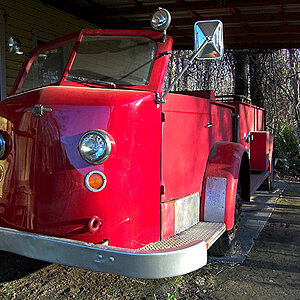fjrabon
Been spending a lot of time on here!
- Joined
- Nov 3, 2011
- Messages
- 3,644
- Reaction score
- 754
- Location
- Atlanta, GA, USA
- Can others edit my Photos
- Photos OK to edit
There are two different questions here:
1) are the 7D and D7000 clearly superior bodies to the 60D? yes, they're unequivocally better.
2) Should you switch now? Probably not. I shoot 5-16 hours a day 6 days a week, and I get paid to do it. The 60D would drive me crazy if I had to use it that much instead of a 7D. I shoot live action sports, yearbook photos, senior portraits, team photos, etc. You probably don't shoot that much, and it's probably not that big of a deal. My trusty old D3100 was perfectly fine for most of my 'hobbyist' photography.
But only you can ultimately answer if it's worth it to go ahead and make the switch.
1) are the 7D and D7000 clearly superior bodies to the 60D? yes, they're unequivocally better.
2) Should you switch now? Probably not. I shoot 5-16 hours a day 6 days a week, and I get paid to do it. The 60D would drive me crazy if I had to use it that much instead of a 7D. I shoot live action sports, yearbook photos, senior portraits, team photos, etc. You probably don't shoot that much, and it's probably not that big of a deal. My trusty old D3100 was perfectly fine for most of my 'hobbyist' photography.
But only you can ultimately answer if it's worth it to go ahead and make the switch.


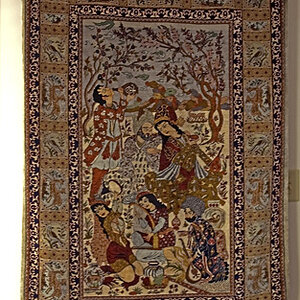
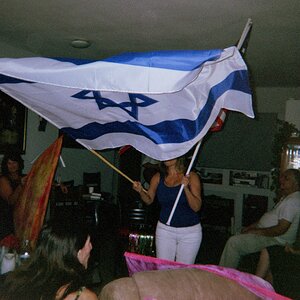
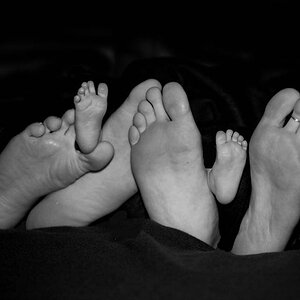
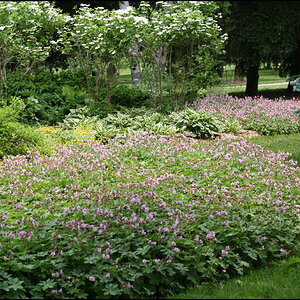
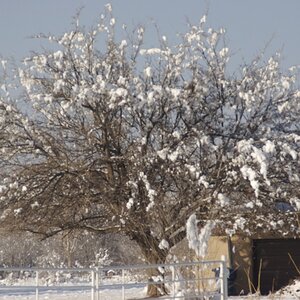
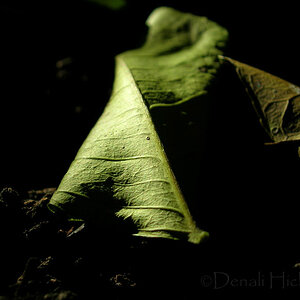
![[No title]](/data/xfmg/thumbnail/42/42020-6dbbc2fb244014aa89adfe2ccf067af7.jpg?1619739979)
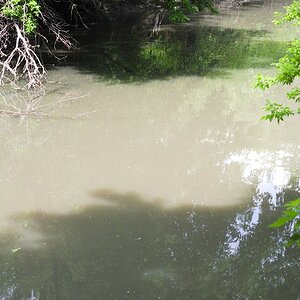

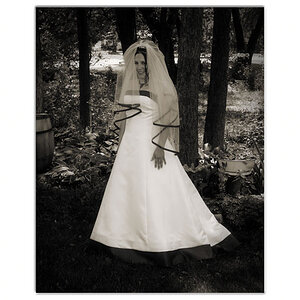
![[No title]](/data/xfmg/thumbnail/42/42019-e6f4e7422d2f8ec66dade714c8b21766.jpg?1619739979)
